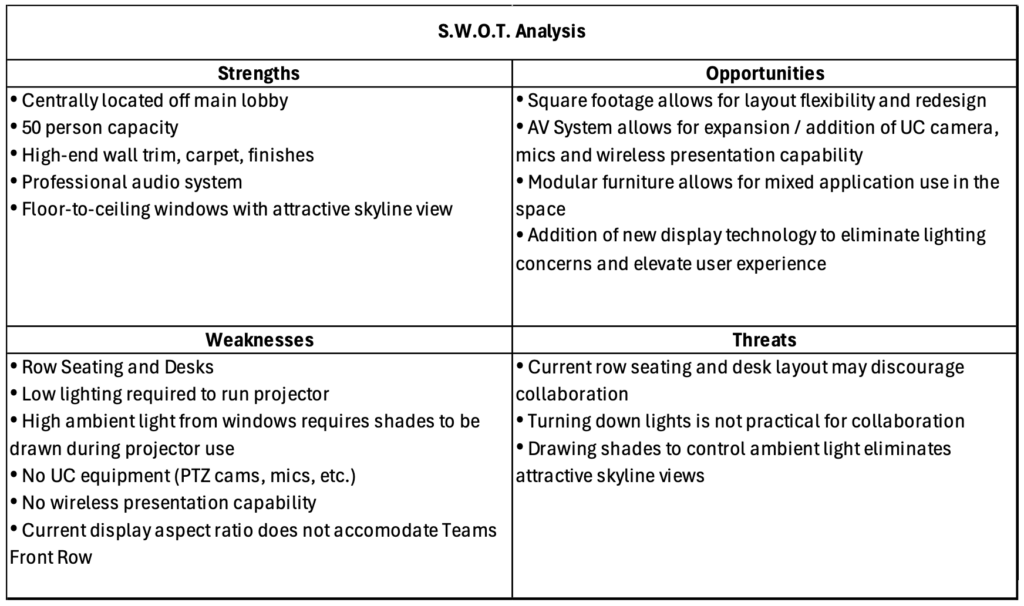I was recently asked to prepare a business plan. It is something I really enjoy doing, but not something I do often. In M.B.A. courses, the components of a proto-typical business plan are covered ad nauseam, and there are A LOT of steps to preparing one. Executive Summary, Situation Analysis, Target Markets, Demographics, Trends, Competition, Product Offering, Mix, Forecast, Strategies, Tactics. The list goes on. And on… I’ll be honest, it was great to learn and be exposed to the “generally accepted” principles of building a business plan, but in practice, I only use a handful of them in my role. By far, the S.W.O.T. Analysis is my “go-to.”




(Yes, I have kept my old textbooks…)
So why the S.W.O.T.? First, it’s fun to say, “SWOT!” But really, I use it as a tool to help me come up with a systematic, structured approach to making strategic decisions. It can be used in a variety of scenarios outside of the formal Business Plan. Honestly, you could apply the S.W.O.T. to almost any problem or decision in life and it would be helpful.
But I digress, this is an AV blog, not a life coaching session. So how can we apply the S.W.O.T. outside the Business Plan?
Let’s consider the following scenario:
You just met with a prospective client that is considering upgrading their large staff training room to an Executive Conference Center. They have a large projector and 180-inch screen installed currently, and when in use, they have controlled overhead lighting to darken the room and accommodate the projection screen. This is fine for training sessions, but for executive sessions, the room will need to accommodate conferencing and collaboration, so having the lights turned down is not practical. In addition, a new training space will not be added, and the client would still like to be able to use the room to hold trainings when necessary. We need to design a space that includes the necessary technology, furniture, and layout that will accommodate the new environmental demands. Here is how we can apply the S.W.O.T. as a decision-making aid — or S.W.O.T. it out.
Executive Conference Center – Current State

As illustrated above, the S.W.O.T. provides a vessel to flesh out the pros and cons in a systematic way, that allows for creative solutions to arise. In this example, the strategy and tactics may look something like this:
 Strategy:
Strategy:
- Create a high-end, executive conference room that leverages an aesthetically and technologically elevated environment to encourage collaboration and creativity.
Tactics:
- Replace the existing projection system with a large-format, 21:9 dvLED display to eliminate lighting challenges and accommodate the MS Teams Front Row platform.
- Install Modular furniture to accommodate several layouts and meeting formats.
- Commission a Teams compatible video conferencing and unified communications system that includes PTZ cameras and overhead mics to allow for remote participation.
- Remove window shades to accentuate skyline views and bring in ambient light to elevate the meeting room environment.
This is, of course, a bit of a crude example, but it demonstrates how the S.W.O.T. can be brought into the planning and decision-making process in a myriad of situations outside of the formal business plan.
I appreciate you taking some time out of your day to S.W.O.T. it out with me!
Here is a great S.W.O.T. resource: https://www.investopedia.com/terms/s/swot.asp

Tom Keefe | CTS, DMC-D-4K, DSCE
Category Manager – dvLED
Supported Manufacturers: Direct View LED








